Serving Minnesota & Iowa for over 25 years
Reviews
Maximizing Ventilation and Natural Light: The Essential Guide to Choosing the Perfect Bathroom Window
When it comes to designing a bathroom, the strategic selection of a bathroom window plays a crucial role in enhancing both functionality and aesthetics. According to the National Association of Home Builders, natural light is one of the most desired features in today’s homes, with over 90% of homeowners indicating that it significantly enhances their satisfaction with a living space. Adequate ventilation not only improves air quality but also prevents moisture buildup, which can lead to mold and structural issues.
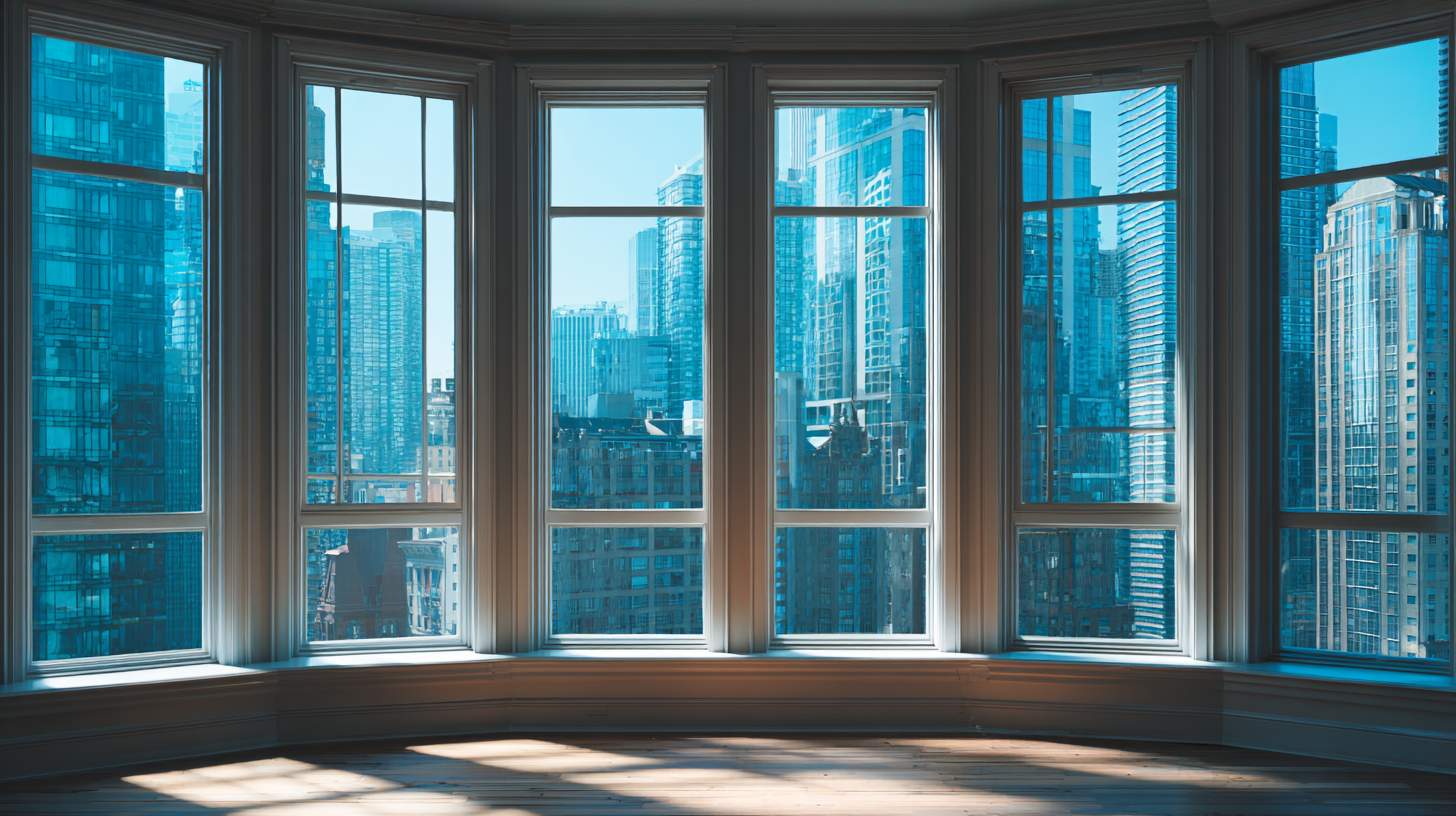
Industry studies suggest that incorporating well-positioned bathroom windows can reduce the need for artificial lighting by up to 40%, creating a more energy-efficient environment. Therefore, understanding the various types of bathroom windows and their benefits is essential for achieving the ideal balance of light and ventilation, ultimately transforming your bathroom into a serene oasis that promotes well-being.
Types of Bathroom Windows to Enhance Ventilation and Light
When considering bathroom windows, it's essential to choose types that enhance both ventilation and natural light. Casement windows, hinged on one side, allow for maximum airflow when opened fully. They can be strategically positioned to catch prevailing breezes, making them ideal for ventilation. Similarly, awning windows, which open outward from the bottom, provide ventilation while protecting against rain, making them a popular choice for bathrooms that need both light and airflow.
Another excellent option is transom windows, placed high above doorways or other windows. These allow light to flood the room while maintaining privacy, making them a perfect addition for those who want to balance both aspects. Frosted or textured glass can further enhance privacy without sacrificing brightness, ensuring your bathroom feels open and airy.
Tips: Consider adding window grilles for a stylish touch while keeping the focus on the natural light. Additionally, ensure that the windows are easy to operate, so you can take full advantage of ventilation when needed. Lastly, incorporating plants near the window can enhance the aesthetic appeal and further improve air quality.
Key Considerations for Choosing the Right Window Style
When selecting the right window style for your bathroom, several key considerations can maximize both ventilation and natural light. According to the American Institute of Architects, natural light can enhance mood and improve well-being, making it essential for spaces like bathrooms. Casement windows, for instance, are highly regarded for their ability to provide excellent ventilation when opened, allowing fresh air to circulate and reduce humidity—an important factor in preventing mold growth.
Another critical aspect is the window's placement and size. Research from the National Association of Home Builders shows that larger windows can increase daylight exposure by nearly 30%, significantly impacting the bathroom's ambiance. Additionally, installing frosted glass can ensure privacy without sacrificing light, making it an ideal choice for bathrooms. Furthermore, the use of skylights has gained popularity, with studies indicating that they can bring up to 30% more light into a room than vertical windows. By carefully selecting window styles that blend aesthetics with functionality, homeowners can create a more inviting and health-conscious bathroom environment.
Materials that Maximize Natural Light in Your Bathroom
When it comes to bathroom design, selecting the right window materials can dramatically enhance natural light while ensuring privacy. Consider options like frosted glass, which allows light to filter through while obscuring the view from the outside. This can create a bright, inviting space without compromising on discretion. Additionally, using clear or low-E glass can optimize sunlight intake, making the bathroom feel more spacious and airy.

Tips: To further maximize natural light, think about the placement and size of your windows. A larger window positioned high on the wall can capture more daylight without sacrificing privacy. Incorporating clerestory windows above eye level can also be an effective solution, providing both ventilation and light while minimizing the risk of external visibility. If your bathroom has a sloped roof, skylights can serve as excellent alternatives, flooding the room with natural light throughout the day.
Another material to consider is window films that enhance light transmission while adding a decorative element to your bathroom. These films come in various patterns and designs, allowing you to customize the aesthetics of your space while still enjoying the benefits of natural light. By making informed choices about window materials, you can create a bathroom that is both functional and pleasing to the eye.
Optimal Placement Strategies for Bathroom Windows
When considering the optimal placement of bathroom windows, the primary goal is to enhance both ventilation and natural light while ensuring privacy. One fundamental strategy is to install windows higher on the wall, allowing for plenty of daylight to enter while obscuring the view from outside. This technique not only brightens the space but also maintains a sense of seclusion, making it perfect for urban settings or closely spaced homes.
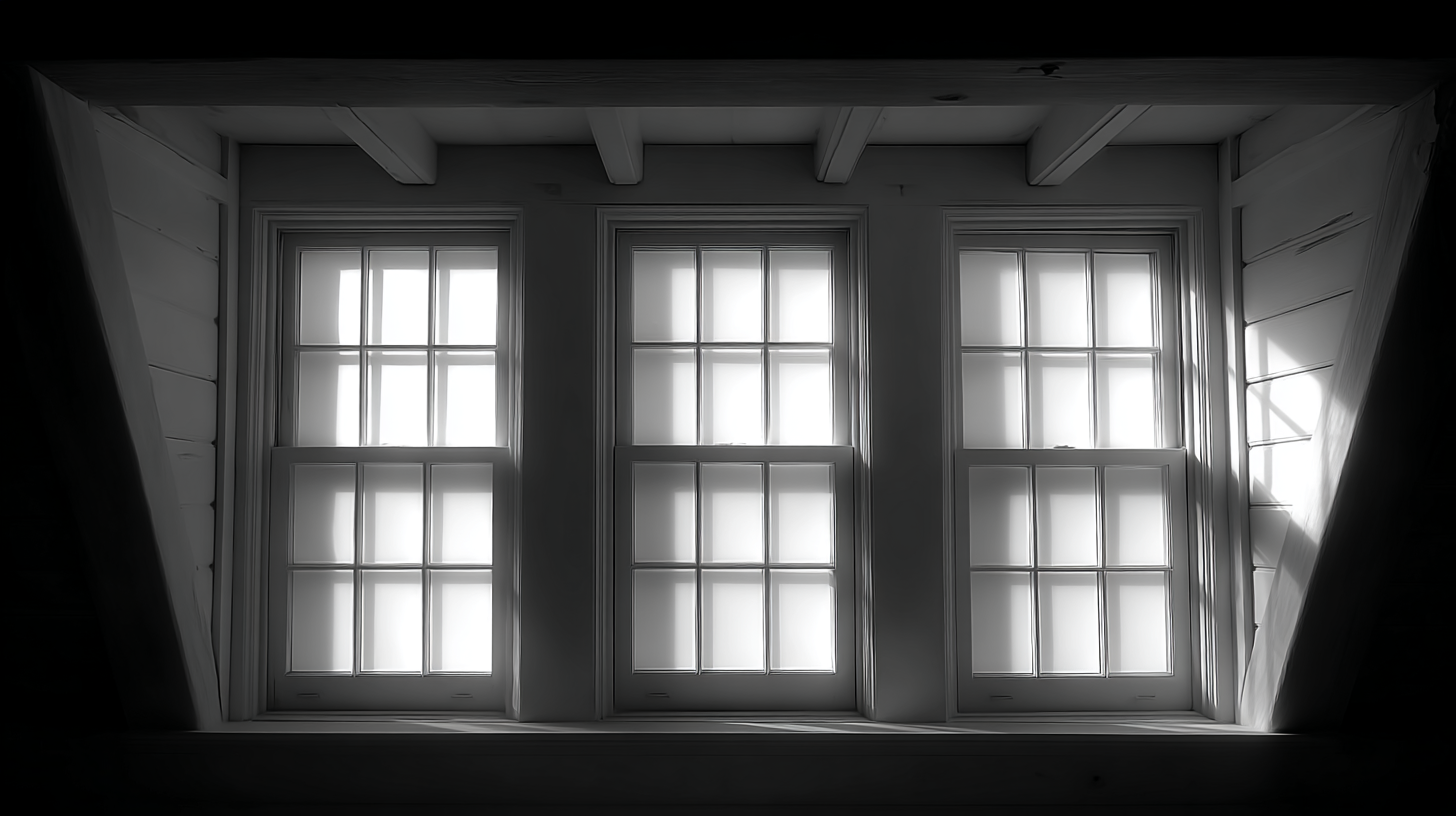
Another effective strategy is to incorporate awning or casement windows that open outward. This design not only facilitates air exchange but is also practical for bathrooms, where humidity levels can be high. Placing these windows near shower areas maximizes the escape of steam, helping to prevent mold growth. Additionally, consider orienting windows to allow maximum sun exposure, which can enhance warmth and comfort during colder months. Overall, strategic window placement is essential in creating a bathroom that is both functional and inviting.
Energy Efficiency and Privacy Features in Bathroom Window Designs
When selecting a bathroom window, energy efficiency and privacy are paramount. Modern window designs incorporate advanced technologies such as low-E glass, which minimizes heat transfer while allowing ample natural light to enter. This type of glass helps maintain a comfortable indoor temperature year-round, reducing reliance on heating and cooling systems, ultimately leading to lower energy bills. Additionally, double or triple glazing adds further insulation, making bathrooms more comfortable and energy-efficient.
Privacy can be achieved through various window styles and treatments. Frosted glass or textured finishes obscure visibility while still permitting light flow, creating a serene, well-lit space without sacrificing personal privacy. Consider options like transom windows positioned high on walls, allowing for ventilation and brightness without compromising sightlines. Window treatments, such as shades or blinds, also offer an adjustable solution, granting homeowners the flexibility to control light and privacy as desired. By combining energy-efficient features with thoughtful designs that respect privacy, one can create a functional and inviting bathroom environment.
Related Posts
-

The Future of Sliding Door Installation at the 138th Canton Fair in China 2025
-
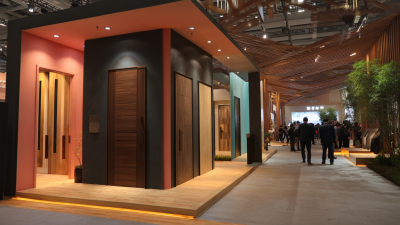
Innovative Front Entry Doors Trends at the 138th China Import and Export Fair in 2025 Achieving Sustainable Growth
-
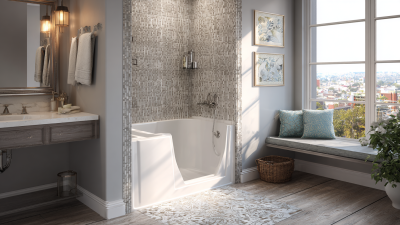
The Ultimate Guide to Choosing the Perfect Step In Bathtub for Your Home
-
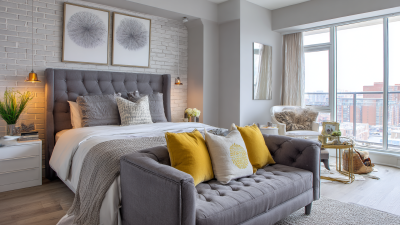
Transform Your Space: Innovative Bathroom Makeover Ideas for a Stunning Refresh
-
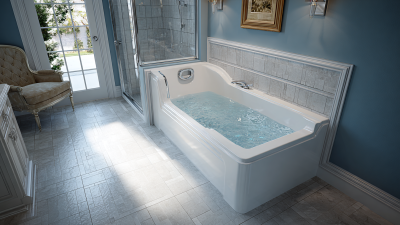
Why Walk In Tubs Are the Ultimate Solution for Safe and Relaxing Bathroom Experiences
-

Exploring Step in Tub Innovations at the 2025 China Import and Export Fair